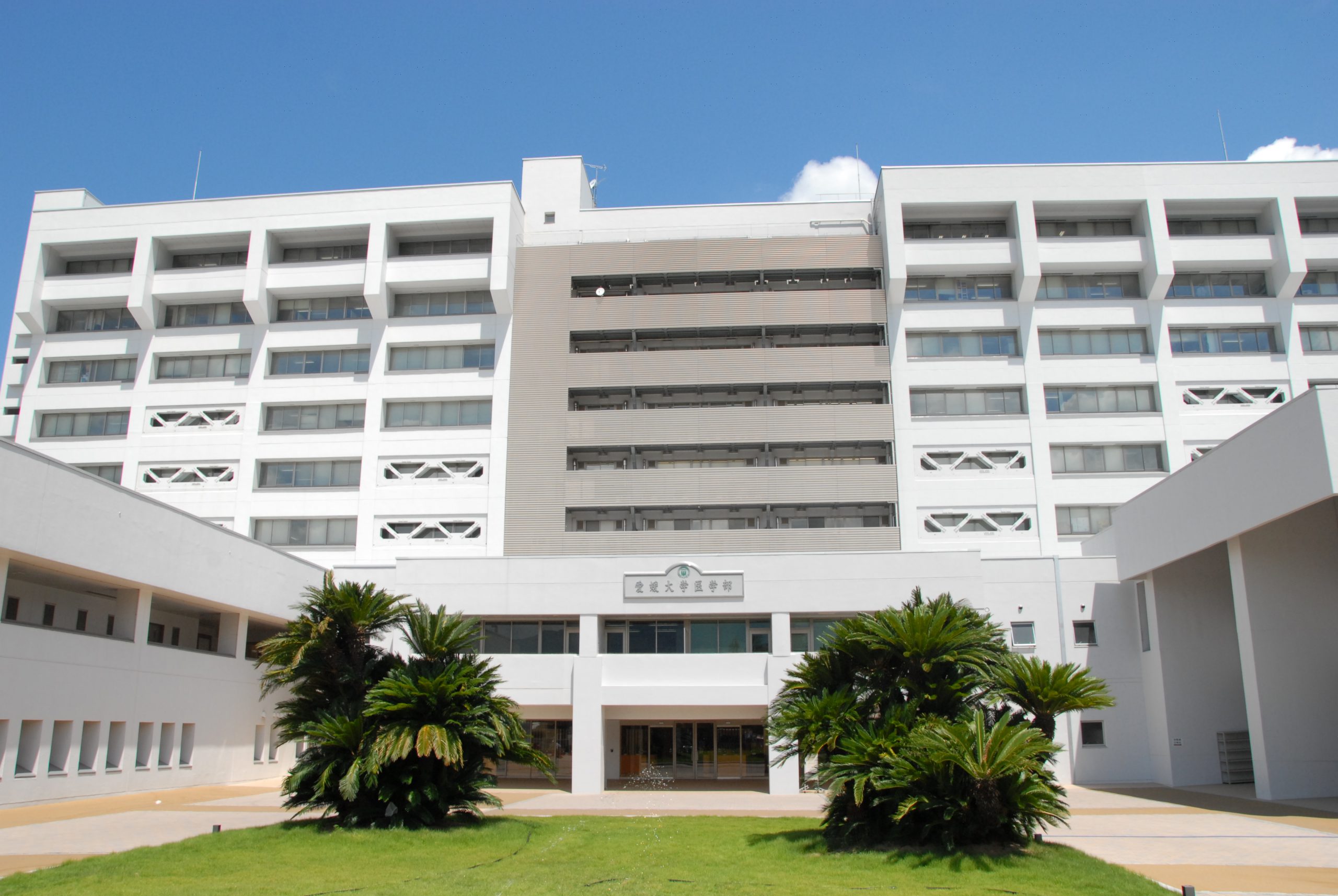Malaria is a deadly disease which strikes throughout the wide tropical zones of the world. Because of the continuing failures of vaccines against this disease, we believe a key toward solving this situation is to solidify the foundation of our understanding of the basic biology of this parasite. We are investigating fundamental questions such as the invasion mechanism of erythrocytes by merozoites, motility of mosquito midgut ookinete stages and the invasion of the mosquito midgut. We are currently focusing on two principal projects: Development of a transmission blocking vaccine in collaboration with NIH (USA) and AFRIMS (Thailand), secondly, studies on the invasion mechanism of erythrocyte by the merozoite stage parasite. For the past few years our main effort has been directed toward the identification of new receptor molecules involved in invasion, including the functional analysis of newly identified rhoptry proteins.
 サイトマップ >
サイトマップ >  お問い合わせ >
お問い合わせ >  English >
English >






